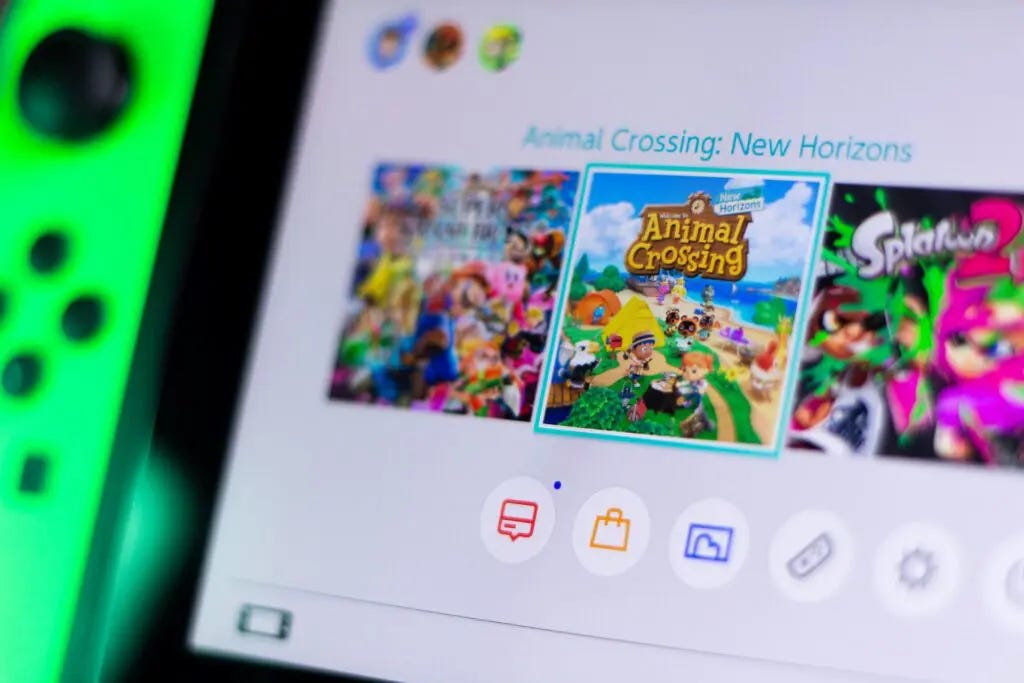How To Write a Video Game Review
How to write a video game review, for beginners and more experienced writers - learn all the tricks of the trade!
Hello! This guide is intended for people that do not have much experience in writing reviews, and are looking for a good guide or template to get started about how to write a video game review. It can also be used by people more experienced, to help evolve their own style. Ultimately, everyone ends up writing reviews in their own way, so the information in this guide is useful as a starting point, but is by no means definitive. Reviewers should feel free to adapt and enhance their style over time, to make their writing unique!
The first, and most obvious part of writing a review, is to play the game. Spend as much time as you can playing it, and take notes too. These notes don’t have to be extensive, short-hand is fine, as long as you can understand them later on. It’s also useful to take screenshots or record footage at this point, especially if this is intended to be a YouTube review. If you record too much footage, you can always just delete it later! When you are taking notes, make sure to note not only things you liked and didn’t like about the game, but also general parts of the experience. i.e. ‘After level 2, the difficulty increases’ or ‘The bosses aren’t animated as well later in the game’. Items like that help to show people that you have played the game, and help give context to any opinions you may give out during the review.
It can sometimes be important to learn some of the history of the game or the game developer. For example, I recently reviewed SUMADRA which was funded by a grant intended to help developers create games with a positive message. If players didn’t know this, they may not understand why the game was made in the way that it was made. Additionally, some games may have an interesting history themselves, such as Duke Nukem Forever, which took fifteen years to develop due to various issues with the games development. This doesn’t mean every review has to be a history lesson, but any additional background information helps the reader understand the wider context in which the game was created.
Before starting the review, it’s important to understand your target audience. This matters because the information within the review could vary wildly depending on the target. For example, let’s say you are writing a review of ‘Pokémon X & Y’. If you was writing this review on a Pokémon fan site, you wouldn’t have to explain what Pokémon are, how they are caught, or any of the basics. Conversely, if this was written on a more mass market site, you would have to explain those things. On the former website, they may be interested in some of the more advanced information that only expert players care about, whereas the mass market reader may not need to know that kind of information. Ensuring a review is targeted correctly is key in getting across the information that matters.
The first section of any review should usually just contain factual information. State the name of the game, the platform it is being released on, and the genre the game fits into. Explain some of the core mechanics, how the game works, how long it is, what sort of things are included in the package and who the developer and publisher are. Put yourselves in the shoes of someone whom has never played or even heard of the game you are reviewing. If you jump straight into your opinions, they will have no idea what you are talking about or how to relate it to any game. Giving the context and factual information up front is key.
At this point, you can start discussing your opinion on the game. This should include all the key areas that make up a video game. The gameplay, the controls, the music, the graphics – talk about all of it. Talk about the things you liked, the things you didn’t like, anything that could potentially change with an update. Try to explain things from different angles too, if there’s an aspect of a game that you don’t like, maybe the reader will, so make sure to be thorough in your explanations so they can make up their own mind. This is where you can be creative, and use different metaphors and jokes to get across your opinion. It’s this section of a review where most people develop their own signature style of getting their points across.
After getting across your opinion, it’s time to get across some more factual information. List the different systems the game is available on, the price of the game, and where the reader can purchase the game. It’s typically useful to give your opinion on the price too. This is because video game prices naturally change over time – so if you put in your review that it isn’t worth it at one price, but is worth it at another, if someone comes across your review at a later time when the price has changed, it may influence their purchase.
Finally, give your overall conclusion and a rating. The conclusion should sum up your overall feelings on the game and your feelings on your experience of playing it. Keep it relatively short and punchy, as parts of it can also be used as an excerpt or summary. In terms of a rating, this can be anything from a score out of ten, to a recommended or not recommended, that is up to you! Some people also like to make lists of pro’s and con’s, but this is a personal choice and it’s by no means essential. Before publishing, make sure to give the draft a once over, before sending it out into the world for all to see.





